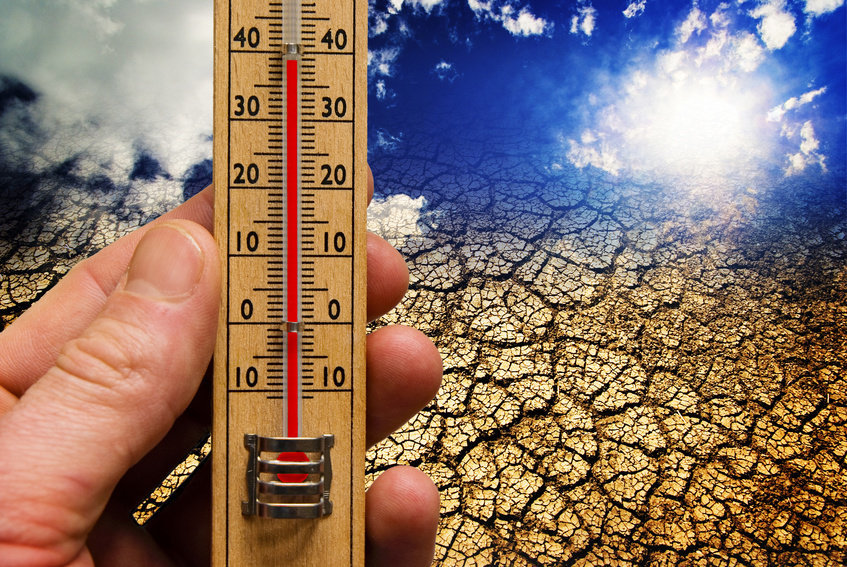Last week the Bozeman Daily Chronicle reported on the severe drought that has slammed Northeast Montana and North and South Dakota since mid-May. Federal agencies estimate that up to 64 million bushels of wheat could be lost this year, and more than half of Montana’s 2017 crops of wheat, lentils and durum are rated as poor or very poor (Anton Bekkerman wrote about the impact of the drought on wheat prices earlier this month).
In light of this news, it’s as good a time as any to discuss the possible impact of climate change on Montana’s agriculture and overall economy. This is not to say that this particular drought is a result of climate change, as it is precarious to attribute any individual weather event to climate change, but there is widespread agreement among scientists that droughts will become more prevalent around the world, along with many other possible effects on agriculture.
Quantifying the likely impact of climate change is an emerging, highly uncertain, rapidly growing topic in the scientific literature. Many of the headline numbers you might see in the media mask significant variation in effects by geography and type of crop.
A new working paper by a team of economists at the Department of Agriculture (and one at Penn State) estimates the impact of extreme temperatures and humidity levels on past agricultural output, and uses those estimates to project the effects of likely climate change scenarios. They find that a one-degree rise in temperatures will cause a 0.41% efficiency loss from 2030-2040 in the mountain region, which is one of the lowest impacts of all regions. In the more severe case of 2 degrees warming and 1 inch precipitation decline, the mountain region suffers a 1.04% efficiency loss.
Another tour-de-force analysis, recently published in Science and summarized in the New York Times, synthesizes a huge amount of past research to estimate the total economic impact of climate change in different regions in the last 20 years of the 21st century. For the country as a whole the authors estimate a reduction in GDP of 0.7% for every one degree of warming, but this average also hides significant regional variation. As shown in Figure 1 below, the worst impact will be felt in the South, where temperatures are already hotter than ideal for agriculture and other economic activity. The Northern US, including Montana, is actually predicted to benefit economically. As shown in Figure 2, this is entirely due to improved agricultural output (counter to the Department of Agriculture study discussed above) resulting from warmer temperatures that are beneficial for the colder northern regions.
Estimating long-run effects of climate change is hugely uncertain, and the literature, still in its adolescence if not its infancy, shows highly variable or sometimes contradictory predictions. But the early indications are that while climate change will have significant negative impacts for the country as a whole, for Montana the effects will be modest or possibly beneficial. We will keep an eye on this literature and update as necessary.
Figure 1

Figure 2


